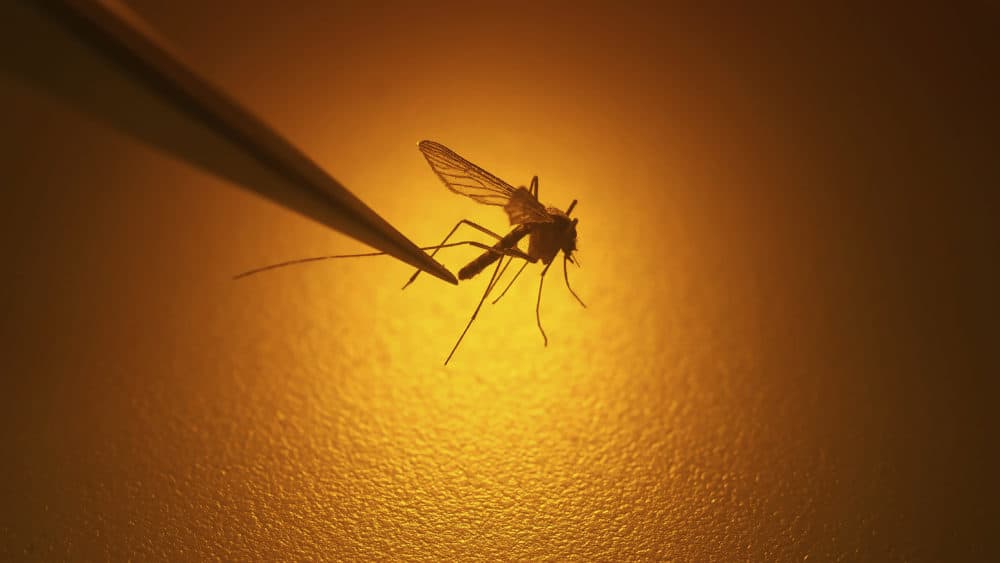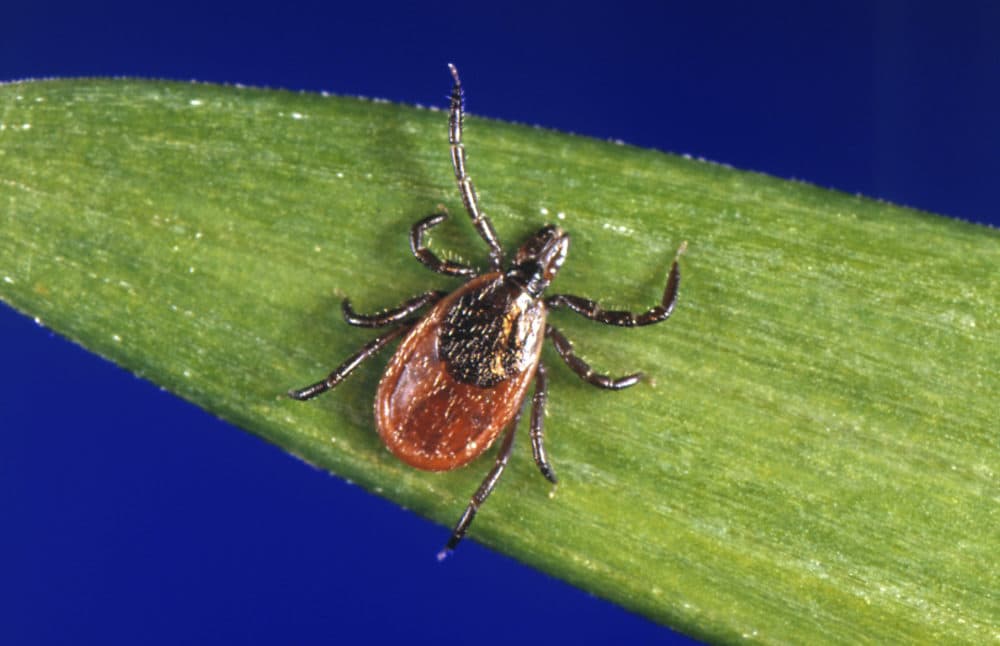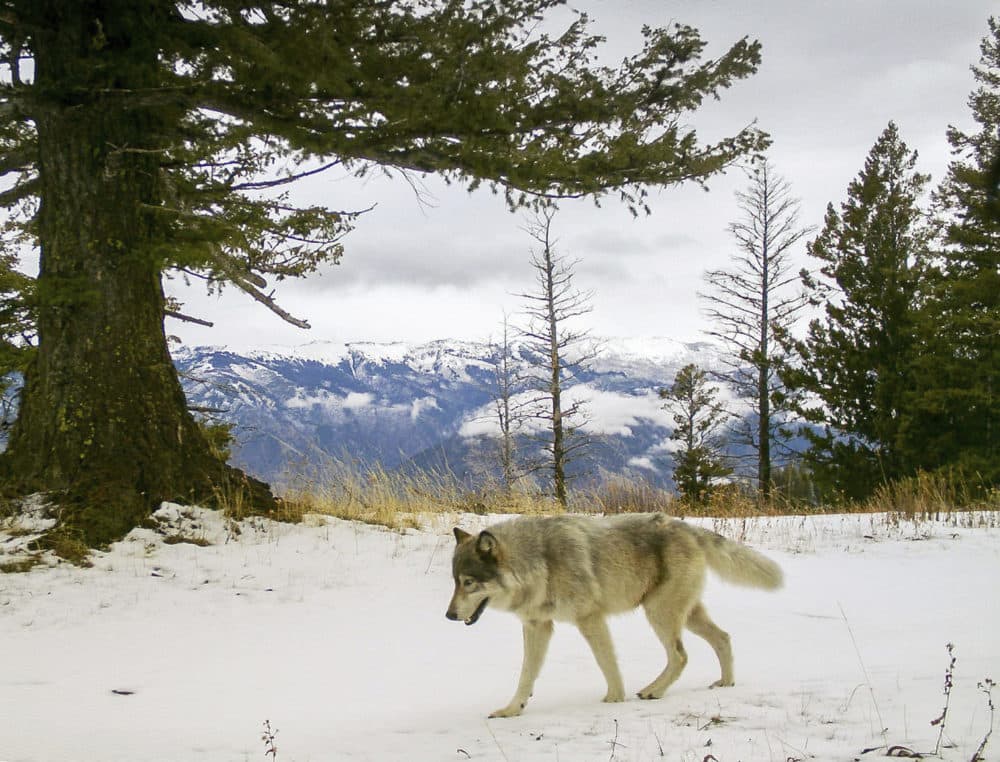Advertisement
Commentary
How Humans Helped Create The Conditions For The Coronavirus Outbreak

The wet markets of Wuhan will live in infamy as the place where the coronavirus jumped from animals to humans.
The hot take — that China and other nations that allow commerce in live and wild animals should better regulate or ban these markets — papers over the deeper issue of how the expanding ecological footprint of human societies is creating the conditions that lead to outbreaks of zoonotic disease.
Six thousand miles from Wuhan, in the rainforests of the Democratic Republic of Congo, the Ebola virus is still killing thousands of people. Like the coronavirus, the Ebola virus traces its origins to bats.
Researchers studying the latest Ebola outbreak believe that aggressive clearing of forests — for fruit crops, livestock and human settlement — attracts bats, leading to increased contact between species. The link between bats and Ebola virus has led to calls to cull them, but bats play an important role in the complex rainforest ecology, and their absence would undoubtedly lead to the loss of other species.
The accelerating extinction of species around the world is a grave concern because ecologists have uncovered mechanisms by which biodiversity protects humans from viral infection. For example, studies show that people are less likely to contract West Nile virus in regions where the bird population comprises a rich diversity of species.
Why is that so? Mosquitoes, which transmit West Nile virus between individual birds, feed from most species in their ecosystem arbitrarily, although the virus they pass on survives more successfully in some bird species than others. Where there is a diverse avian population, any single species is only a small fraction of the total population, which limits the extent of infection in the species that can best serve as reservoirs of the disease.

Areas of dense human habitation have less biodiversity in the bird population because many species don’t thrive in those locales.
Common human-adapted birds such as robins and crows make up a significant segment of the avian population in cities and suburbs in the Northeast, and they, unfortunately, are very competent hosts of West Nile virus. The relative paucity of other species competing with them increases the probability that a mosquito will carry the disease from a bird to a person.
Another pathogen whose prevalence is due to human disruption of ecosystems is Lyme disease, which is caused by a microbe transmitted by deer ticks. Ecologists labored to unravel the surprising mechanism underlying the spread of the disease.
The bacterium that causes Lyme disease resides in small mammals such as chipmunks and white-footed mice that are common in New England. It infects the larval and nymph stage of the deer tick when the tick feeds from these animals or ground-feeding birds. (Humans get the disease from infected nymphs.)
Advertisement
The mice in which Lyme bacteria reside are preyed on by the red fox, but a robust expansion of the eastern coyote population has severely diminished the red fox population, allowing Lyme-infected mice and other rodents to proliferate.

And why did the eastern coyote population boom? It was because humans hunted its primary predator — the gray wolf — to near extinction. The wolf was also keeping in check the white-tailed deer population, which is the host of the deer tick in its adult breeding stage.
The near elimination of the gray wolf disrupted the ecology of the deer tick in multiple unexpected ways, leading to the spillover of Lyme disease into humans. Around the world today, destruction of wildlife habitat for agriculture, logging, mining and human habitation is upsetting the balance of previously isolated ecologies and putting people in proximity to wild species.
Loss of biodiversity due to pollution, overfishing, and climate change is eroding the integrity of ecosystems so that they no longer function to keep pathogens contained within nonhuman species.
In the post-pandemic world, we should recognize that outbreaks of zoonotic disease are often of our own making. Governments around the world should enact laws — in the global rebooted economy — to make wiser use of public lands, promote sustainable consumption, fund the shift to renewable energy and limit development that encroaches on fragile ecosystems.
If we instead bail out the oil companies and pick up where we left off, fetishizing economic growth, we can expect to see more pandemics like the one we are so painfully experiencing now.
The next pandemic could originate on any continent. What happened in Wuhan was but one incident in humanity’s continuing abuse of Earth’s living systems, abuse that is doing serious harm to the health of the planet.
And when planetary health declines, public health suffers along with it.
